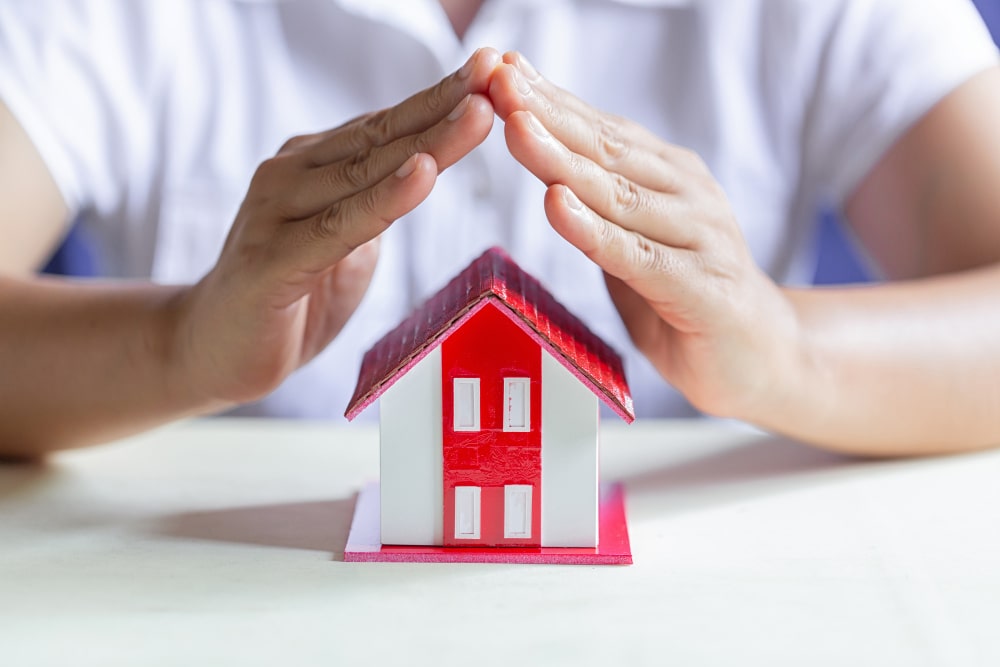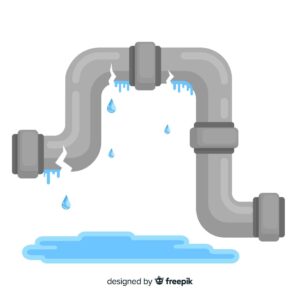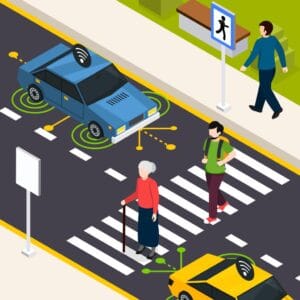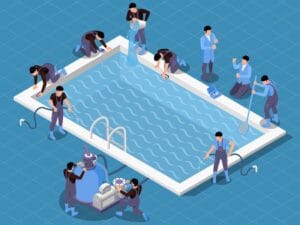Maintaining a safe home environment is paramount for homeowners. Beyond the basic cleaning and maintenance, conducting an annual DIY safety check can help prevent accidents and ensure that all systems are running smoothly and safely. Here’s a comprehensive guide to the essential checks every homeowner should perform once a year, ensuring your home remains a safe haven for you and your family.

Fire Safety Checks
Fire safety should be a top priority in any home safety inspection. Ensuring that your fire prevention and response systems are in working order could save lives.
Smoke and Carbon Monoxide Detectors
- Test and Replace Batteries: Test your smoke and carbon monoxide detectors monthly and replace batteries annually, or as recommended by the manufacturer.
- Check Expiry Dates: Did you know that smoke detectors have an expiry date? Replace any unit that is 10 years old or more.
Fire Extinguishers
- Accessibility and Serviceability: Ensure that fire extinguishers are easily accessible and not blocked by furniture or other items. Check that the pressure gauge shows a full charge and replace or service an extinguisher if it’s past its expiration date.
Structural Integrity
A yearly check on the structural integrity of your home can prevent major repairs later on. This includes looking at the foundation, walls, floors, and roof.
Foundations and Basements
- Cracks and Water Leaks: Look for new cracks in the foundation walls and floors. Check for signs of water leaks and moisture, as these can weaken structural integrity over time.
Roof and Gutters
- Damaged Shingles and Blockages: Inspect the roof for damaged, loose, or missing shingles and clear out gutters and downspouts to prevent water damage.
While most homeowners can perform basic visual inspections, some structural elements might require professional assessment, such as magnetic particle inspection, which can detect subsurface cracks and defects in ferrous metals.
Electrical Safety
Faulty electrical systems can pose significant hazards. Regular checks can prevent fire risks and other dangers associated with electrical faults.
Wiring and Outlets
- Check for Overloads: Ensure that outlets are not overloaded with multiple adaptors or power strips, which can be a fire hazard.
- Inspect for Wear and Tear: Look for frayed wires or loose connections around your home. If you’re not confident in what to look for, consider hiring a licensed electrician to perform a detailed inspection.
Plumbing Health
Water damage can lead to significant issues, including structural damage and health problems from mould growth.
Leaks and Corrosion
- Visible Pipes and Faucets: Check all exposed pipes for signs of corrosion or leaks. Make sure no faucet is dripping and that the seals around fixtures are intact.
- Toilets: Test for leaks by adding a few drops of food colouring to the tank water. If colour appears in the bowl after 30 minutes, there may be a leak that needs fixing.
Gas and HVAC Systems
Maintaining your heating, ventilation, and air conditioning systems is vital for safety and efficiency.
Heating Systems
- Filters and Vents: Clean or replace all filters in your heating system and clear any vents or flues of blockages.
- Carbon Monoxide Testing: Since carbon monoxide is odourless and colourless, ensure your home has a working carbon monoxide detector near any gas, oil, or wood-burning appliances.
Air Conditioning
- Clean Units and Ducts: Remove any debris from around outdoor units and check for any blockage in the indoor vents. Consider a professional cleaning of your HVAC ductwork every few years to maintain air quality.
Safety Gear and Emergency Preparedness
Being prepared for an emergency is as important as regular maintenance checks.
Emergency Kits
- Restock and Refresh: Ensure that your emergency kits are stocked with up-to-date supplies, medications, and batteries.
- Accessible Information: Keep a list of emergency contacts, including local authorities and utility companies, easily accessible in multiple locations around the home.
Escape Plans
- Plan and Practice: Review and practice your fire escape plan with all members of your household. Ensure that everyone knows at least two ways to exit from each room.
Outdoor Safety
Don’t forget about exterior safety, which is often overlooked.
Lighting and Security
- Inspect Outdoor Lighting: Ensure that all outdoor areas are well-lit to prevent accidents and deter potential intruders.
- Security Systems: Test security alarms and motion detectors to ensure they are functioning correctly.
Decks and Patios
- Check for Wear and Damage: Inspect wooden decks for signs of rot or instability, especially around railings and stairs.
Keep a Record
Maintain a log of all inspections and repairs. This not only helps in keeping track of when you last performed certain checks but also is beneficial for understanding the wear and timing for replacements and maintenance.
Carrying out these essential safety checks once a year is a proactive way to ensure your home remains a safe environment. By taking the time to thoroughly inspect various systems and areas of your home, you can catch potential issues before they become serious problems, ensuring that your living space is secure and that your family is protected. Remember, a little prevention can go a long way in maintaining a safe and happy home.











